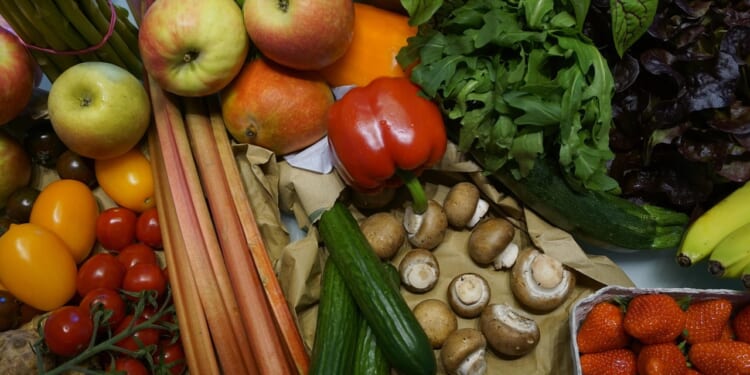As the federal government’s shutdown stretches into another week, millions of Americans who rely on the Supplemental Nutrition Assistance Program (SNAP) are facing an uncertain month. The U.S. Department of Agriculture (USDA) announced that it can only cover about half of November’s benefits, using a limited contingency fund of roughly $4.65 billion. Under normal circumstances, the program distributes around $8 billion monthly to help low-income households buy groceries.
A federal court ruling on Monday ordered the administration to release emergency funds after officials initially warned that payments might not go out at all. Still, the partial funding means some states could experience delays or reduced allotments. New applicants to the program may also be unable to receive benefits until Congress reaches a budget agreement.
Roughly 42 million Americans use SNAP each month, and the program’s scale means any interruption has immediate ripple effects. This applies both for households and for local economies that depend on SNAP spending. Food banks and community pantries across the country are already bracing for an uptick in demand.
The shutdown highlights how deeply national programs like SNAP are tied to the federal budget process. When appropriations stall, so do essential services. This is an example of how relying on Washington to manage such programs leaves states and families vulnerable to political gridlock.
Over the past half-century, the federal government has largely displaced community- and faith-based efforts that once formed the backbone of local poverty relief. When Washington promises to meet every need, private charitable giving and local innovation often take a back seat. Programs like SNAP, while well-intentioned, can inadvertently weaken the very networks that are most responsive to people’s real circumstances. A government shutdown shouldn’t be able to determine whether a family eats. However, under a highly centralized system, it does.
State-administered or community-based safety nets, supported by private partnerships, could offer a more resilient alternative. Local organizations are often better equipped to identify need quickly, adapt to economic conditions, and deliver aid efficiently without waiting on Congress to act. Markets, charities, and state programs could fill gaps far more flexibly than a single federal bureaucracy subject to political stalemate.
For now, the USDA says it is working with states to manage the shortfall and ensure that the most vulnerable households are prioritized. But without new congressional funding, December could bring even deeper cuts.
The situation underscores a broader tension in American governance: how much day-to-day life should depend on the smooth operation of federal politics and what happens when it doesn’t.










